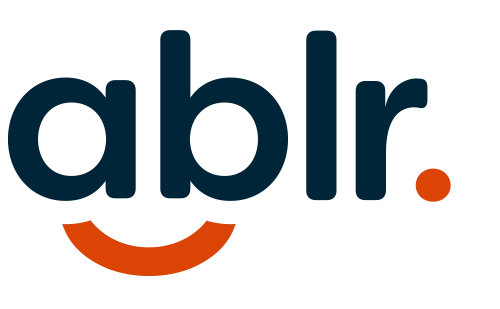by John Samuel
I wrote the following blog over a year ago, but for some reason it was never published, (I blame it on the baby brain!). However, I feel that it is a timely topic, given the current circumstances we find ourselves in, as we define the “new normal” in the time of COVID-19. Many people find themselves struggling to fill their time while social distancing themselves (a problem that I can’t relate to, with a three-year-old and one-year-old to chase after!). However, many have turned to reading or listening to audiobooks. Below, I share my story of how I trained myself to become a speed listener, and how that opened my mind to a completely new world of books! Please let me know what you think, and I would love to get some recommendations of books that I should listen to, when I finally find some quiet time!
——-
A month or two ago, I challenged myself to listen to a book a week – I had heard that very successful people read a lot, and I thought I would take advantage of the sleepless hours that I would be holding my newborn son in the middle of the night. This week I started to listen to Peak Performance: Elevate Your Game, Avoid Burnout, and Thrive with the New Science of Success by Brad Stulberg & Steve Magness. The book identifies the science of great performance and the stories of great performers, while revealing the secrets of success, and coaches people on how to use them.
The very first section of the book focuses on what the authors refer to as the “Growth Equation:” Stress + Rest = Growth. I reflected on this, and thought back to my own experiences, and how I built up my “superpower” of speed listening.
Many people assume that when you lose one sense, your other senses become enhanced – I am sorry to say, I have not experienced this… yet. However, one thing that did come out of my sight loss was a need to use my ears, rather than my eyes, to navigate my computer and phone.
For many people losing their sight, this is a very emotional transition. Most people do not want to accept that their eyes are failing them, and would rather push their face up to the screen or use a magnifier to blow-up the text, to a point of inefficiency.
I was no exception. I thought that if I did not use my eyes (no matter how limited my sight was), I would lose it. For years I increased the stress on my eyes, because I thought I was doing myself a benefit, making them stronger.
In Peak Performance, the authors explain how stress can serve as a stimulus for growth and adaptation, but if the amount of stress is too large or lasts too long, the body fails to adapt and actually does the opposite of growing stronger, it deteriorates. This is called the “Exhaustion Stage,” also known as being under “chronic stress.” This was a state I was constantly in – my eyes, neck, and back were always in pain (not to mention the headaches).
As a professional, there was no way that I could get rid of my computer or smartphone, but my body could only withstand so much tension before it would break, so I made the decision to start using a screen reader.
A screen reader is a software application that enables people with visual impairments to use a computer or smartphone, by converting digital text into synthesized speech. The most common screen readers include JAWS (Job Access with Speech), NVDA (Nonvisual Display Access), and VoiceOver.
Unintentionally, I followed a process that high performers follow, regardless of their field, when it came to using a screen reader:
- Immersion
- Incubation
- Insight
I fully immersed myself in using a screen reader at work, where I used JAWS, and on my iPhone, where I used VoiceOver. Over a period of a couple of months, I got rid of my mouse, and fully relied on the keyboard to navigate my computer – learning the shortcut keys to become more efficient. Over the same time, I noticed that I was increasing the speed of speech, so I could listen to content faster – whether it be the screen reader, audiobooks, or podcasts. I did this by pushing myself to listen to content beyond my comfort zone, and then dropping back down, to give myself some rest. This methodology now allows me to listen to Audible books at a comfort rate of 2.0x, and pushing myself at 3.0x – crushing books in just a few hours!
——-
Therefore, as you find yourself at home and social distancing, take advantage of this gift of time, and learn how to speed listen yourself! Check out how techies in Silicon Valley have been doing it for years in the article Speed Listening is the new Speed Reading.
And if you were wondering if I ended up reading a book every week last year… I did get to 52 books, but it was not a book a week. Thanks to my superpower, I was able to get the last 10 books I needed done in the last week of the year!
How has speed listening impacted your job or day-to-day life? What book recommendations do you have for me? Drop us a line here – we’d love to hear from you.
